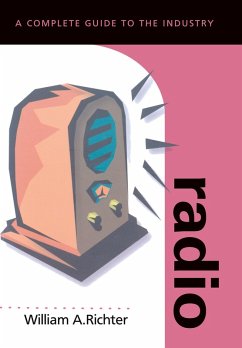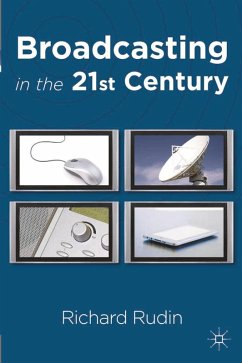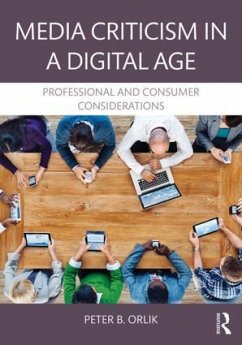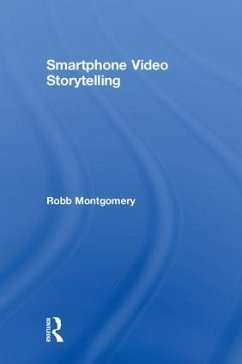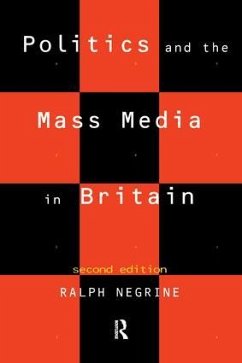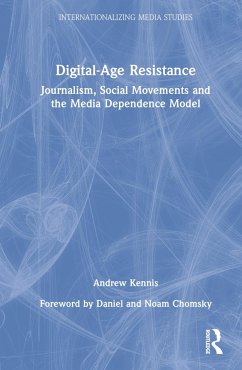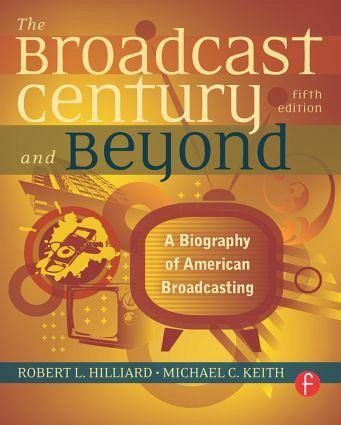
The Broadcast Century and Beyond
A Biography of American Broadcasting

PAYBACK Punkte
15 °P sammeln!
The Broadcast Century and Beyond is a popular history of the most influential and innovative industry of the century. The story of broadcasting is told in a direct and informal style, blending personal insight and authoritative scholarship. The book vividly depicts the events, people, programs, & companies that made television & radio dominant forms of communication. This edition includes coverage of the technologies that have emerged over the past decade & discusses the profound impact they have had on the broadcasting industry in political, social, & economic spheres. The industry has been c...
The Broadcast Century and Beyond is a popular history of the most influential and innovative industry of the century. The story of broadcasting is told in a direct and informal style, blending personal insight and authoritative scholarship. The book vividly depicts the events, people, programs, & companies that made television & radio dominant forms of communication. This edition includes coverage of the technologies that have emerged over the past decade & discusses the profound impact they have had on the broadcasting industry in political, social, & economic spheres. The industry has been completely revolutionized with the advent of YouTube, podcasting, iphones, etc., and the authors discuss the impact on broadcasting. New sidebars scattered throughout the book showcase the intersections of broadcast history, & colors these events through a social, cultural, & political lens.






